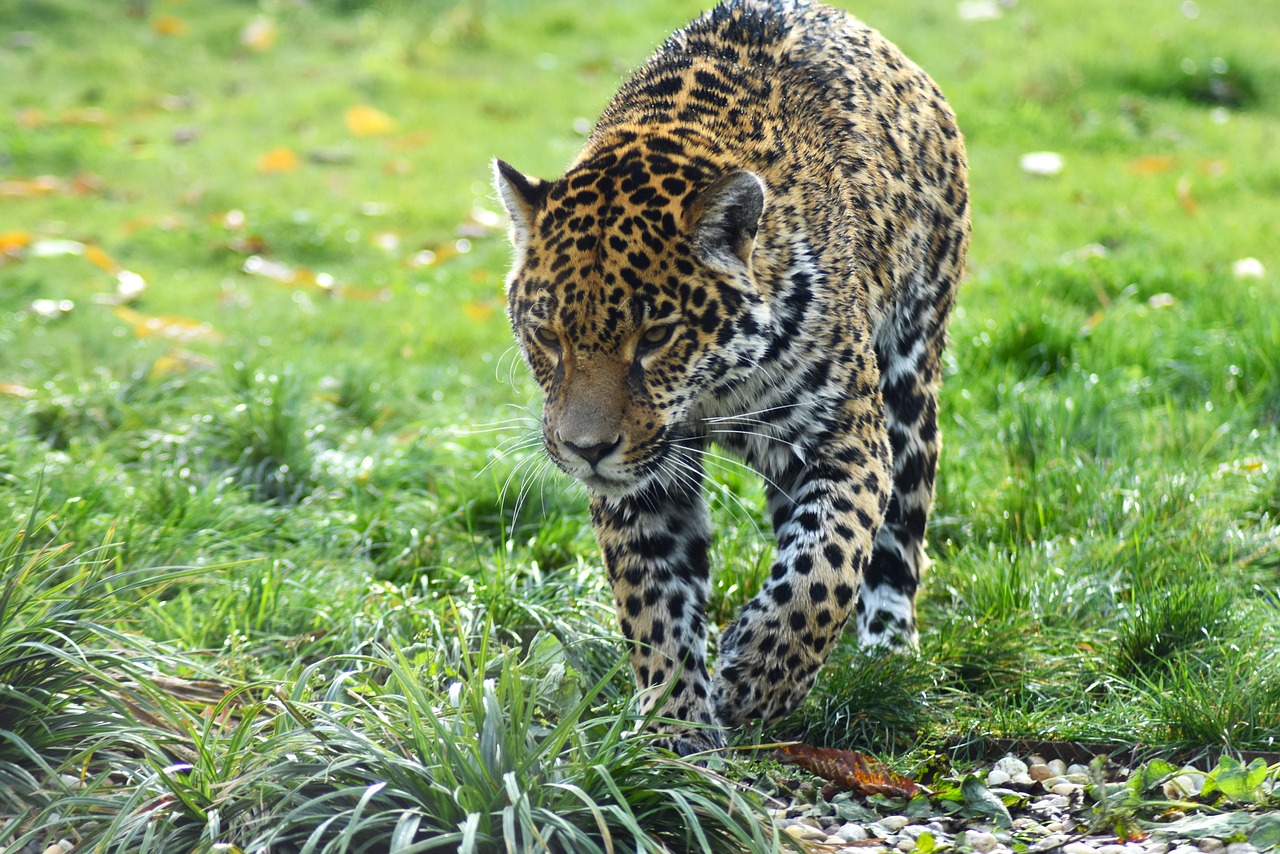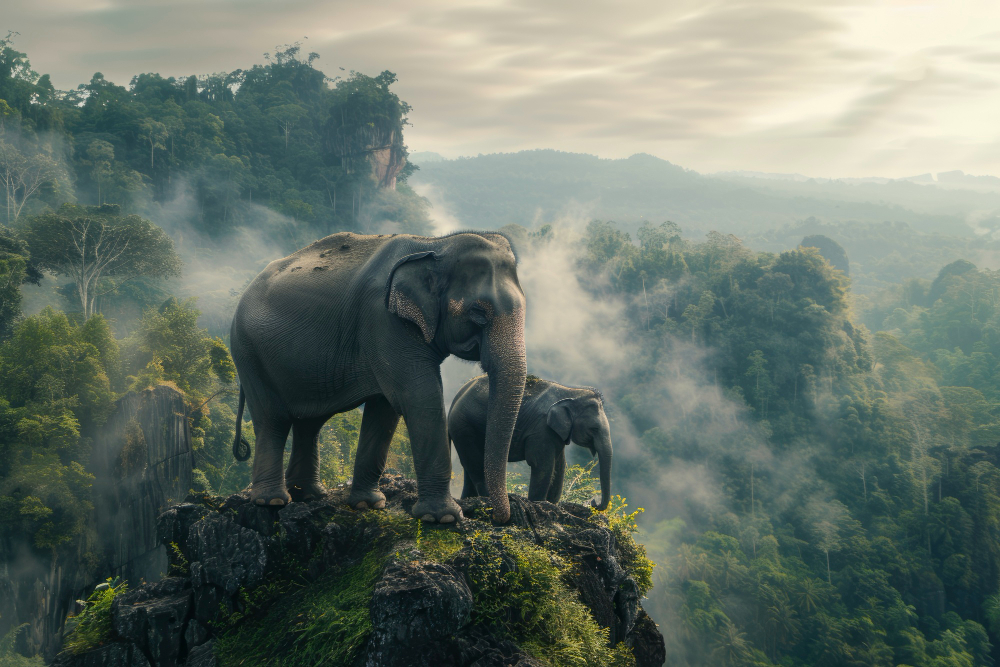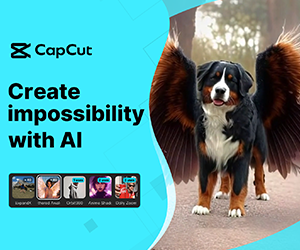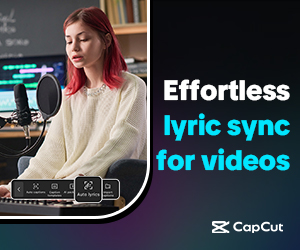ChatGPT didn’t just appear out of nowhere. It was the result of years of work by OpenAI, a company that has been pushing AI boundaries since 2015. The idea was simple but ambitious—create an AI that could understand and generate human-like text. The goal? To make AI more useful, interactive, and capable of helping with real-world problems.
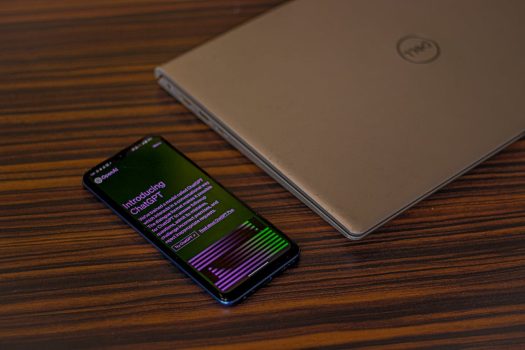 Pin
Pin Photo by Shantanu Kumar
In the beginning, OpenAI focused on research and development, exploring deep learning and neural networks. They created GPT (Generative Pre-trained Transformer) models, with each version getting smarter and more powerful. It wasn’t an overnight success. It took trial, error, and a ton of data training to get it right.
By the time ChatGPT was launched, it felt like a breakthrough. Suddenly, people could talk to an AI like never before. It wasn’t perfect, but it was something new—an AI that could actually hold a conversation, generate ideas, and assist with writing. It was the start of something huge.
Table of Contents
Who Owns ChatGPT? The Company Behind the AI
ChatGPT is owned by OpenAI, a company that started as a nonprofit but later shifted to a “capped-profit” model. This means they still focus on AI research for the benefit of humanity, but they also need funding to keep innovating. OpenAI was founded by big names like Elon Musk, Sam Altman, Greg Brockman, Ilya Sutskever, and John Schulman. However, Musk left in 2018 due to disagreements about the company’s direction.
Right now, OpenAI is led by Sam Altman as the CEO, with key researchers and engineers shaping the technology. Microsoft also plays a huge role. They invested billions of dollars, giving OpenAI the computing power needed to train and improve ChatGPT. While OpenAI still operates independently, Microsoft has exclusive rights to integrate its AI into products like Bing and Azure.
So, who really owns ChatGPT? OpenAI runs it, but big investors, including Microsoft, have a say in how it develops. It’s a mix of innovation, research, and business strategy.
How the First GPT Model Was Created?
The journey to ChatGPT started with OpenAI’s research into deep learning and natural language processing. They didn’t just wake up one day and build a chatbot. It all started with GPT-1, the first version of the Generative Pre-trained Transformer, released in 2018.
GPT-1 was based on transformer models, a type of neural network architecture that had revolutionized AI. Instead of just following rigid rules, GPT-1 learned from massive amounts of text data. It wasn’t perfect, but it could generate sentences that made sense, a big leap from older AI models.
The key idea behind GPT was pre-training and fine-tuning. The model first read tons of internet text to understand language patterns. Then, it was fine-tuned to improve responses. The results? A system that could generate text far more naturally than anything before it.
Even though GPT-1 had limitations, it proved that AI could write, respond, and even mimic human conversation. This was just the beginning of something much bigger.
The Evolution – GPT-2 and Its Unexpected Impact
After GPT-1, OpenAI took things further with GPT-2, released in 2019. This model was significantly more powerful, trained on a much larger dataset. The improvement was obvious—GPT-2 could generate longer, more coherent responses and even mimic different writing styles.
At first, OpenAI was hesitant to release GPT-2 to the public. They feared it could be misused for fake news, spam, or manipulative content. This hesitation actually made people even more curious. The AI community wanted to see what made GPT-2 so powerful. Eventually, OpenAI released it in stages, monitoring its impact along the way.
The reaction was massive. Developers, writers, and researchers started using GPT-2 for everything from creative writing to coding assistance. It wasn’t perfect—sometimes it went off-topic or made up facts—but it proved that AI-generated text wasn’t just possible, it was shockingly good.
GPT-2 set the stage for something even bigger: GPT-3, the model that truly changed the game.
The Game-Changer – How GPT-3 Revolutionized AI
GPT-3, launched in 2020, was the real turning point. While GPT-2 had impressed people, GPT-3 took AI language models to an entirely new level. It had 175 billion parameters, making it vastly more powerful and capable of generating human-like text across countless topics.
What made GPT-3 special wasn’t just its size but how well it could understand context. It could write essays, summarize articles, generate poetry, and even create code. People started using it for everything—chatbots, creative writing, business automation, and more. Unlike previous models, GPT-3 felt like it was actually thinking rather than just spitting out words.
This was also when OpenAI started offering API access, allowing developers to integrate GPT-3 into their own applications. Businesses jumped on board, and soon, AI-powered tools were everywhere.
However, GPT-3 had flaws. It could still generate false information, struggle with reasoning, and be biased based on its training data. Despite this, it proved that AI wasn’t just improving—it was reshaping how humans interact with technology.
The Birth of ChatGPT – Making AI More Human
GPT-3 was powerful, but it wasn’t built for conversations. People wanted an AI that could chat naturally, respond in a relatable way, and remember context better. That’s where ChatGPT came in. Launched in November 2022, it was based on an improved version of GPT-3, called GPT-3.5, specifically trained for conversations.
OpenAI fine-tuned ChatGPT using a technique called Reinforcement Learning from Human Feedback (RLHF). This made responses more natural, engaging, and aligned with human expectations. ChatGPT wasn’t just generating text—it was having real conversations.
The public reaction? Massive. Within days, millions of people were using ChatGPT. It could answer questions, write essays, generate jokes, and even role-play different personas. Social media exploded with people sharing their interactions, amazed at how human-like the chatbot felt.
This was the moment AI went mainstream. It wasn’t just for researchers or businesses anymore—everyone could experience advanced AI firsthand. And it was only the beginning.
The GPT-4 Leap – Smarter, More Reliable, and Multimodal
In March 2023, OpenAI introduced GPT-4, an even more advanced version of the model powering ChatGPT. Unlike GPT-3.5, GPT-4 was designed to be more accurate, less biased, and better at handling complex tasks. It also introduced multimodal capabilities, meaning it could process not just text but also images.
People immediately noticed the improvements. GPT-4 made fewer factual errors, handled longer conversations better, and could analyze charts, diagrams, and handwritten notes. This opened the door for AI-powered tutoring, coding assistance, and professional-level writing. Businesses started using it in customer support, research, and content creation at an even greater scale.
One major shift was OpenAI’s ChatGPT Plus subscription. While a free version existed, GPT-4 was locked behind a paywall. This sparked debates—should cutting-edge AI be available to everyone or just those who can afford it? Still, GPT-4 marked a huge step forward, showing that AI wasn’t just improving—it was transforming industries.
Microsoft’s Role – Billions Invested in AI
Microsoft saw the potential of OpenAI early on. In 2019, they invested $1 billion to help OpenAI build better AI models. By 2023, that investment had grown to over $10 billion, making Microsoft one of OpenAI’s biggest partners.
This wasn’t just about funding. Microsoft provided Azure cloud computing, giving OpenAI the raw power needed to train massive models like GPT-4. Without this, ChatGPT wouldn’t be possible—it requires insane amounts of processing power to function at scale.
In return, Microsoft got exclusive rights to integrate OpenAI’s models into its products. This led to AI-powered features in Bing, Microsoft Office, and Windows, bringing ChatGPT-like experiences directly into everyday tools.
This partnership also raised concerns. Some worried that big tech companies could control AI innovation, limiting access or prioritizing profits. Others saw it as a necessary step—without Microsoft’s resources, OpenAI wouldn’t have been able to push AI this far.
One thing was clear: Microsoft wasn’t just investing in OpenAI. They were betting on AI shaping the future.
The Ethical Dilemmas – AI’s Power and Risks
As ChatGPT became more popular, it sparked serious ethical debates. AI could write articles, generate code, and even mimic human speech, but it wasn’t perfect. It sometimes hallucinated facts, reinforced biases, or was misused for spam and misinformation.
Privacy was another major concern. People wondered, does OpenAI store our conversations? OpenAI stated they use data to improve models but don’t track individual users. Still, many worried about AI being used for surveillance, deepfakes, or even automated scams.
Governments and tech leaders started calling for AI regulations. Elon Musk, who had once helped found OpenAI, warned that AI could become too powerful, too fast. Some researchers feared AI could replace jobs, while others saw it as a tool to boost productivity.
The big question wasn’t just how smart AI could get, but how it should be used. As AI keeps evolving, the balance between innovation and responsibility will be critical.
The Future of ChatGPT – What’s Coming Next?
ChatGPT has already changed how people interact with AI, but this is just the start. OpenAI is constantly working on new updates, smarter models, and even more powerful AI capabilities. The next big leap? GPT-5 and beyond.
Rumors suggest future versions will be more factually accurate, understand emotions better, and even have memory to recall past conversations. Some believe AI will eventually become personalized assistants, helping with everything from learning new skills to managing daily tasks. Others see a future where AI works alongside humans in creative and professional fields, enhancing productivity like never before.
There’s also the big question: AGI (Artificial General Intelligence). This would be an AI that isn’t just good at writing or answering questions but can think, reason, and solve problems like a human. OpenAI’s mission has always been to develop safe AGI, but no one knows exactly when—or if—it will happen.
One thing is certain: ChatGPT is only the beginning. AI will keep evolving, and the future will be shaped by how we choose to use it.
Frequently Asked Questions (FAQs)
ChatGPT is owned by OpenAI, a company founded in 2015 by tech leaders like Elon Musk, Sam Altman, and Greg Brockman. While Musk left in 2018, OpenAI continued to grow and later partnered with Microsoft, which has invested over $10 billion into the company. Microsoft provides the cloud computing power that makes ChatGPT possible, but OpenAI still operates independently.
ChatGPT was built using GPT (Generative Pre-trained Transformer) models, a deep learning technology that understands and generates human-like text. OpenAI trained these models on massive datasets from books, articles, and conversations. The first version of ChatGPT was based on GPT-3.5, and later, a more advanced version powered by GPT-4 was introduced.
Yes, there’s a free version of ChatGPT, but it runs on GPT-3.5, which is less powerful than GPT-4. If you want access to GPT-4, you need to subscribe to ChatGPT Plus, which costs $20 per month. Some features, like advanced tools and plugins, are also locked behind paid plans.
OpenAI has stated that it may use conversations to improve the model, but it doesn’t track or store chats permanently. However, users should avoid sharing sensitive or private information, as OpenAI employees may review data for research and moderation purposes.
AI is already changing industries by automating repetitive tasks and assisting in fields like customer support, writing, and coding. While it won’t replace all jobs, it will likely shift roles, making AI skills more valuable. Many experts believe the future isn’t AI vs. humans, but humans working alongside AI to improve productivity.



